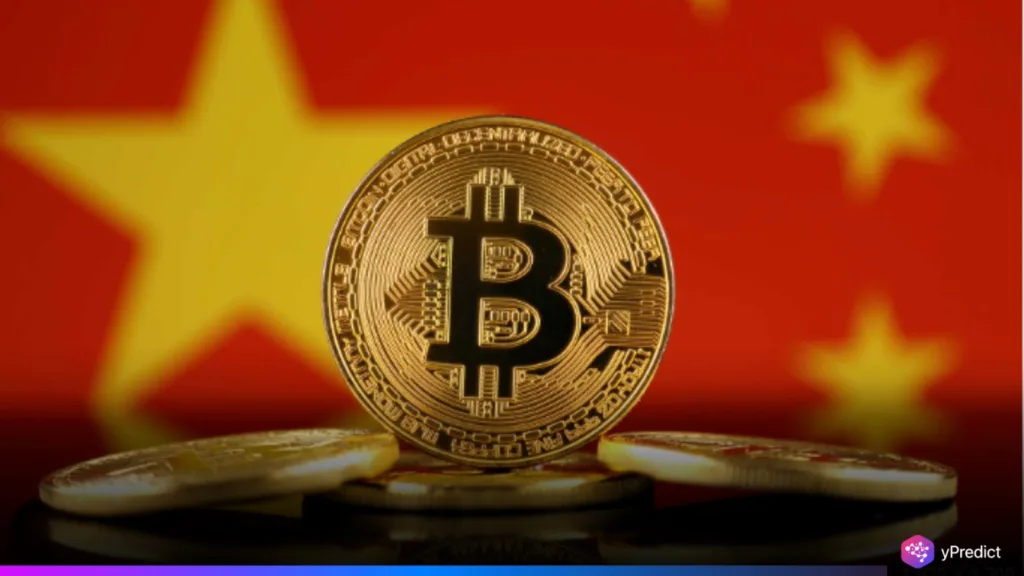
Shanghai officials have reopened discussions around stablecoins, which could mean a relaxation of China’s strict policies on crypto. China imposed a country-wide ban on crypto in 2021. Reports indicate that the meeting in Shanghai on July 11 focused on a yuan-pegged stablecoin. Interestingly, the meeting took place since both fintech experts and large firms focused on AI have pressured government officials to develop digital applications that work with automated tools. It also positions Shanghai as a potential testbed in the broader China crypto debate, even as capital controls and central oversight remain firmly intact.
Shanghai Stablecoin Meeting Marks a Policy Departure
The Shanghai stablecoin discussion stood in sharp contrast to China’s previous approach, which emphasized environmental and financial stability risks. This time, local officials sat down with industry leaders and AI innovators to evaluate frameworks for a regulated stablecoin tied to the yuan. The focus remained on designing a system that aligns with China’s digital payment infrastructure while serving future AI applications. By exploring stablecoins despite the official crypto ban, Shanghai officials signaled growing awareness that global AI and blockchain developments are reshaping financial systems, and China cannot afford to remain passive.
Global AI Integration Pushes Local Action
Worldwide, stablecoins are becoming a key tool in AI-integrated payment models. In 2024, stablecoins processed over $15.6 trillion in transactions, according to ARK Investment Management, surpassing Visa. Global tech firms like Amazon are already piloting stablecoin-based AI payment systems. South Korea, meanwhile, is preparing to launch a won-based stablecoin under strict state control. As these technologies evolve rapidly, Shanghai’s willingness to revisit stablecoin strategies shows the pressure to align with international AI-finance trends. Despite national restrictions, the Chinese crypto ecosystem is being nudged forward by both market demand and innovation cycles that don’t pause for policy delays.
Regulatory Controls Still Dominate the Framework
While Shanghai’s dialogues signal some flexibility, China’s more general regulatory stance is still cautious. Central bank governor Pan Gongsheng said again that they will not budge on capital flow restrictions and system-wide risk management. He cautioned against speculative activity and cross-border digital transfer, which can both destabilize financial systems. For AI firms, this means any stablecoin integration will need to stay within the parameters of domestic compliance. The central government hasn’t relaxed its stance, but it has allowed limited local experimentation, especially in areas where AI and blockchain converge under state supervision. This dual strategy allows innovation without compromising control.
Strategic Flexibility Amid Tight Oversight
The push for a Shanghai stablecoin reflects China’s increasing desire to reconcile innovation and regulation. Despite the crypto ban still in place, the city’s actions signal a broader recalibration, especially as AI begins to reshape the financial infrastructure. One thing is certain – AI platforms can create the next generation of finance, but only within the restraints imposed by China’s political and economic model. With stablecoin adoption surging worldwide, Beijing appears to be making room for narrow but meaningful progress. The move allows Chinese firms to explore AI-stablecoin applications without breaking from the core principles that define the Chinese crypto stance.






